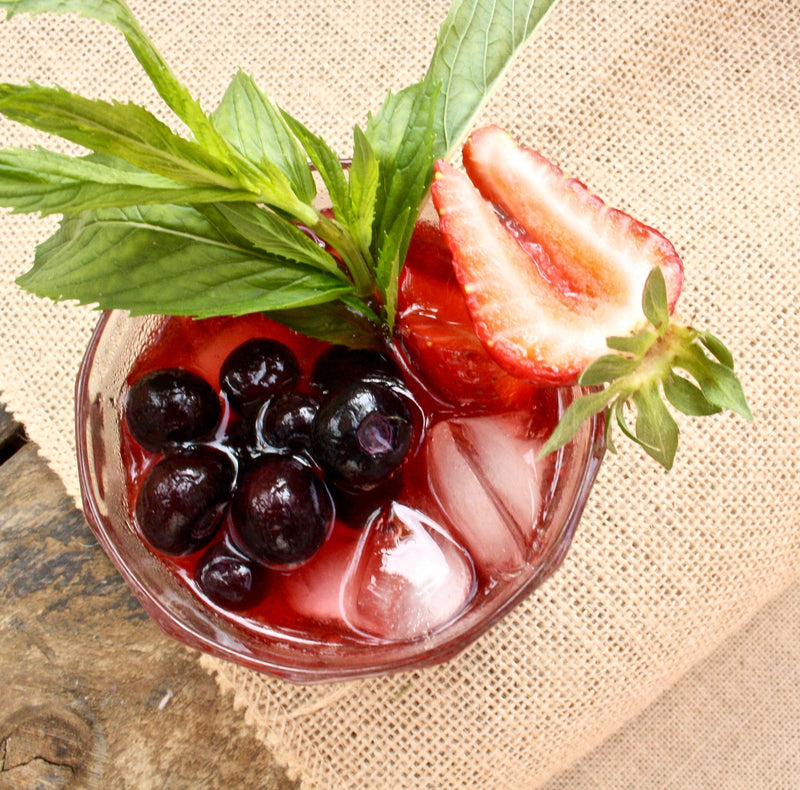
The Secret to Amazing Iced Tea- Easy as 1,2,3.
Want to know the secret?...


If you’ve drunk green tea before, chances are, you’ve had a bad experience. Most of us know too well that displeasing, bitter taste, of a poorly brewed cup. The main culprit for this comes down to two common brewing mistakes.
However, if you respect its sensitivity, the tea pays you back in a world of delicious flavour. I’ll explain how to brew the perfect cup, and welcome you to the world of green tea.
Green tea has been drunk for around 5000 years; it was the first type of tea enjoyed before all other tea classes came to be. We don’t know for certain how it came about, however it is believed to have originated in China.
One of the legends told, is that in 2737 BC, Emperor Shennong (a herbalist) sat beneath a wild tea tree one day to rest. He was boiling some water in a pot over a fire to drink. Suddenly, a gush of wind blew some leaves from the tea tree above into the hot water. The water turned golden, and a delightful aroma arose. Curious, he took a sip and found this new drink pleasing and refreshing and called it "cha" (tea in Chinese).
All tea varieties (white, green, yellow, oolong, and black tea) originate from the same plant species - Camellia Sinensis. So it comes down to the processing that separates how the tea becomes 'green' or black and other classes. Understanding processing is essential because it explains why you need to treat green tea with sensitivity and respect.

P.S. Check out our green tea range here
Here’s the typical process.
I suggest drinking green tea because it tastes great; all the extra stuff is a bonus!
SOME TIPS BEFORE YOU START
If you're looking to enjoy a more robust cup of tea, the answer is to add more tea leaves and not to steep the leaves in the water for longer. Leaving your tea leaf in your brewing vessel will only cause bitterness (not strength) due to too much tannin released in your cup caused by over steeping.
Use these instructions for all green tea (except matcha, see our ‘Matcha Brewing Guide’ or watch our Matcha Brewing Instructions). Which includes all Chinese green teas, and Japanese green teas (like Sencha).
One of my favourite things about tea, is that it takes your imagination to the furthest reaches of the world. The flavours, the aroma, the story, transports you to another place.
I hope this piece has been an insightful exploration into green tea and how to enjoy it best. Keep exploring, brewing, and tasting; you'll never know what tea you might discover.
If you'd like to watch a video on how to brew the best cup of green tea, see below.
Much love
Mel x


Leave a comment